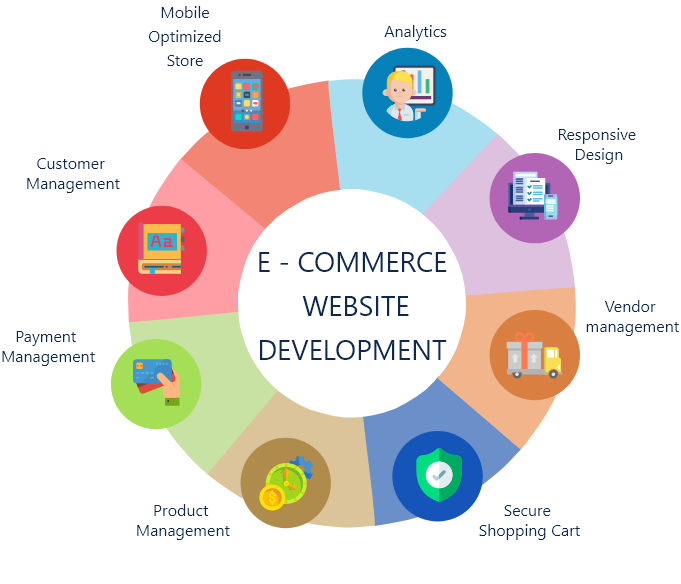
Mastering SEO: Best Practices for 2024

Mastering SEO: Best Practices for 2024
The digital landscape is ever-evolving, and so are the strategies for Search Engine Optimization (SEO). As we step into 2024, it’s crucial for businesses and website owners to stay ahead of the curve. Explore the latest SEO best practices that will shape the online visibility and success of your website in the coming year.
Understanding the Evolving SEO Landscape
The world of SEO is dynamic, with search engines continually refining their algorithms. In 2024, understanding the evolving SEO landscape is the first step to mastering it. Stay informed about search engine updates and industry trends to tailor your SEO strategy accordingly.
User Experience Takes Center Stage
User experience (UX) is no longer just a buzzword; it’s a critical factor in SEO success. Search engines increasingly prioritize websites that offer a seamless and enjoyable user experience. Ensure your website is mobile-friendly, has fast load times, and provides valuable, easy-to-navigate content to enhance user satisfaction.
Content Quality and Relevance Matter More Than Ever
High-quality, relevant content has always been the backbone of SEO, and this remains true in 2024. Create content that answers user queries, provides valuable information, and is engaging. Invest in content that establishes your authority in your niche, earning not just clicks but trust from your audience.
Semantic Search and Natural Language Processing
Search engines are getting smarter at understanding context and user intent. Semantic search and natural language processing are integral to this evolution. Optimize your content for semantic relevance by using natural language, answering questions comprehensively, and addressing a variety of related topics within your niche.
Video Content for Enhanced Engagement
Video content continues to gain prominence in SEO strategies. In 2024, leverage the power of video to enhance user engagement. Create compelling, informative videos that not only capture attention but also keep visitors on your site longer. Optimize video content with relevant keywords and transcripts for improved search visibility.
Voice Search Optimization Strategies
As voice search becomes increasingly prevalent, adapting your SEO strategy to accommodate it is essential. Voice searches often differ from text queries, focusing on conversational language. Tailor your content to align with how people naturally speak, and consider long-tail keywords that match typical voice search queries.
Technical SEO: Crawling and Indexing Optimization
Technical SEO remains a foundational aspect of SEO best practices. Ensure that search engines can crawl and index your site effectively. Optimize your website’s structure, use XML sitemaps, and address issues such as duplicate content and broken links. A technically sound website forms the basis for successful SEO.
Local SEO for Targeted Visibility
Local SEO continues to be crucial for businesses targeting specific geographic areas. Ensure your business information is accurate and consistent across online platforms. Optimize your Google My Business listing, encourage customer reviews, and create local-focused content to improve your visibility in local search results.
Social Media Integration and SEO Synergy
Social media signals may not have a direct impact on search rankings, but there’s a strong synergy between social media and SEO.







